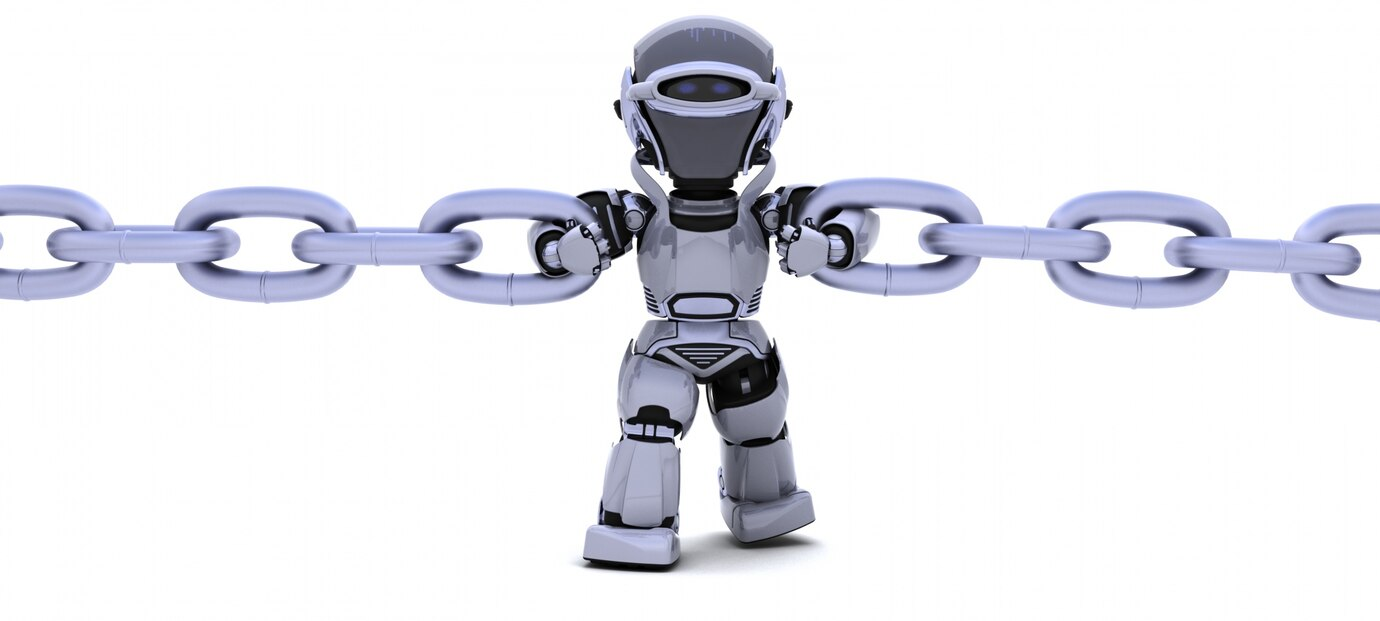Fixing Broken Links and Redirects: How to Prevent SEO Ranking Drops

Broken links and improper redirects can negatively impact SEO rankings, user experience, and domain authority. When users or search engine crawlers encounter dead links (404 errors) or poorly configured redirects, it leads to higher bounce rates, wasted crawl budget, and lost ranking potential.
For websites with hundreds or thousands of pages, such as e-commerce, healthcare, and news sites, managing broken links and redirects is crucial for maintaining a strong SEO presence.
This article explains why broken links and redirects matter, how they affect SEO, and the best strategies to fix them. It also includes a real-world case study of a healthcare website that repaired over 200 broken links and implemented proper 301 redirects, leading to improved domain authority and keyword rankings.

Why Broken Links and Redirects Matter for SEO
1. How Broken Links Harm SEO and User Experience
A broken link leads to a page that no longer exists or returns a 404 Not Found error. This can happen when:
-
A page is deleted or moved without proper redirection.
-
The URL structure changes without updating internal and external links.
-
External websites remove or change the URL of linked pages.
Impact of broken links:
-
Negative user experience – Visitors encountering dead pages may leave the site.
-
Increased bounce rates – Users who land on broken pages are less likely to explore further.
-
Lost link equity – If a high-authority page links to a broken page, SEO value is wasted.
2. How Poor Redirects Affect SEO
Redirects tell search engines and browsers that a page has moved to a new location. However, improper use of redirects can hurt website performance.
Common redirect issues include:
-
Using 302 instead of 301 redirects – Temporary redirects (302) do not pass link equity like permanent redirects (301).
-
Redirect chains – When a page redirects multiple times before reaching the final destination, slowing down load time.
-
Redirect loops – When a redirect sends users back to the original page, creating an endless cycle.
Impact of poor redirects:
-
Delays page load speed, affecting user experience.
-
Loses link equity, weakening rankings.
-
Wastes crawl budget, reducing indexing efficiency.
How to Identify and Fix Broken Links and Redirects
1. Conduct a Broken Link Audit
To find broken links:
-
Use Google Search Console to check for crawl errors and 404 pages.
-
Run a website scan with tools like Screaming Frog SEO Spider, Ahrefs, or SEMrush.
-
Manually check important pages and high-traffic landing pages.
2. Fix Internal and External Broken Links
Internal Links
-
Replace or remove broken internal links pointing to deleted pages.
-
Redirect broken pages to a relevant, existing page (if possible).
External Links
-
If linking to an external page that no longer exists, update or remove the link.
-
Contact webmasters of external sites to request an updated link.
3. Implement Proper Redirects
Use the correct type of redirect for different scenarios:
-
301 Redirect (Permanent) – Best for SEO, passing full link equity.
-
302 Redirect (Temporary) – Use only when a page will be restored.
-
307 Redirect (Temporary) – Similar to 302 but for HTTP/2.
4. Avoid Redirect Chains and Loops
Redirect chains and loops waste crawl budget and slow down page load times.
How to fix:
-
Ensure only one redirection step between old and new URLs.
-
Redirect directly to the final destination instead of through multiple pages.
5. Monitor and Update Regularly
Broken links and redirect issues can occur over time due to site updates, content changes, or external website modifications.
To stay on top of issues:
-
Schedule regular link audits every few months.
-
Use Google Search Console alerts for new errors.
-
Keep internal linking structures updated.
Use Case: How a Healthcare Website Fixed 200+ Broken Links and Improved SEO
The Problem: High Volume of Broken Links Hurting Rankings
A large healthcare website experienced a drop in organic rankings and traffic. After conducting a site audit, they found:
-
Over 200 broken internal and external links, leading to 404 errors.
-
Outdated URLs from previous site migrations.
-
Redirect chains causing slow page loads.
-
Lost link equity from improperly handled redirects.
The Solution: Fixing Links and Redirects
To resolve these issues, the team:
-
Updated or Removed Broken Links
-
Fixed internal links leading to deleted pages.
-
Updated external links with relevant replacements.
-
-
Implemented 301 Redirects for Lost Pages
-
- Redirected old healthcare articles to relevant new versions.
-
-
Ensured redirects passed full SEO value to the right pages.
-
-
Eliminated Redirect Chains
-
Streamlined redirects to ensure direct paths without unnecessary steps.
-
-
Used Google Search Console to Validate Fixes
-
Submitted updated sitemaps to ensure Google indexed the correct pages.
-
The Results: Improved Rankings and Traffic
After implementing these fixes:
-
50% reduction in crawl errors, leading to better search engine visibility.
-
20% improvement in domain authority, as link equity was restored.
-
Higher rankings for healthcare-related keywords, boosting traffic.
This case study highlights how proactively fixing broken links and optimizing redirects can restore lost rankings and improve search visibility.
Conclusion
Broken links and poor redirects hurt SEO rankings, user experience, and site credibility. Regular audits, proper redirects, and careful internal linking help maintain a healthy website.
The healthcare website case study demonstrates that fixing 200+ broken links and optimizing redirects led to higher keyword rankings and improved authority. By making these changes, any website can enhance search engine performance and maintain long-term SEO success.


Subscribe to follow product news, latest in technology, solutions, and updates
Other articles for you



Let’s build digital products that are simply awesome !
We will get back to you within 24 hours!Go to contact us Please tell us your ideas.
Please tell us your ideas.







